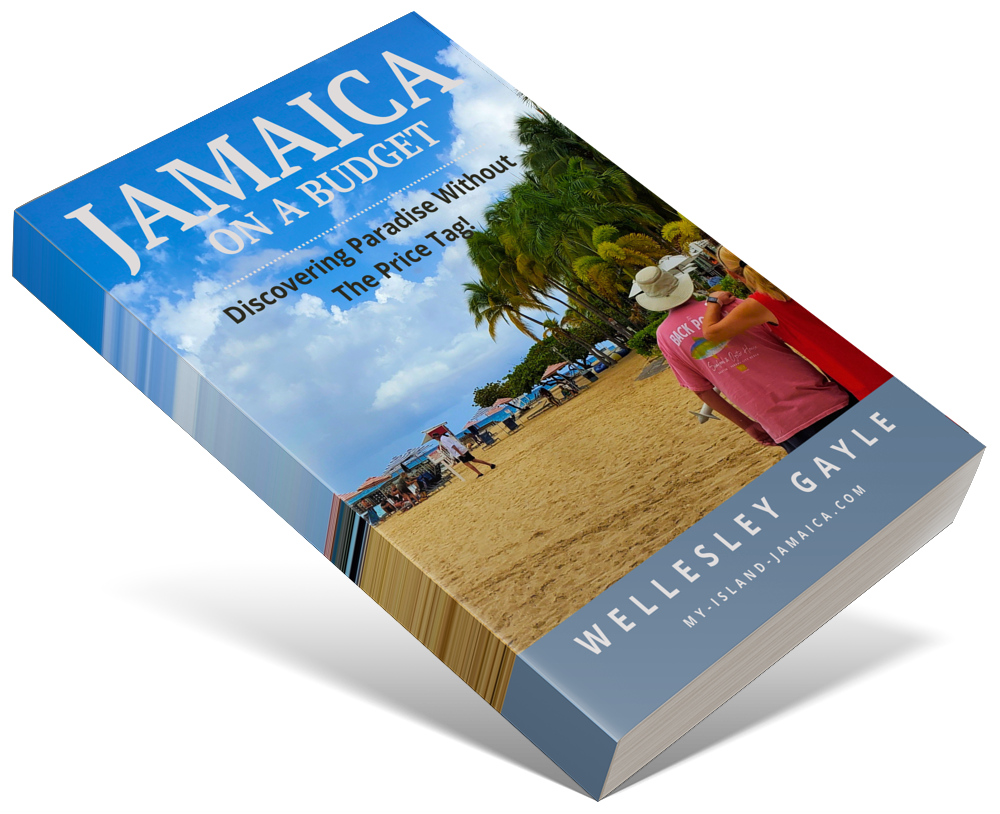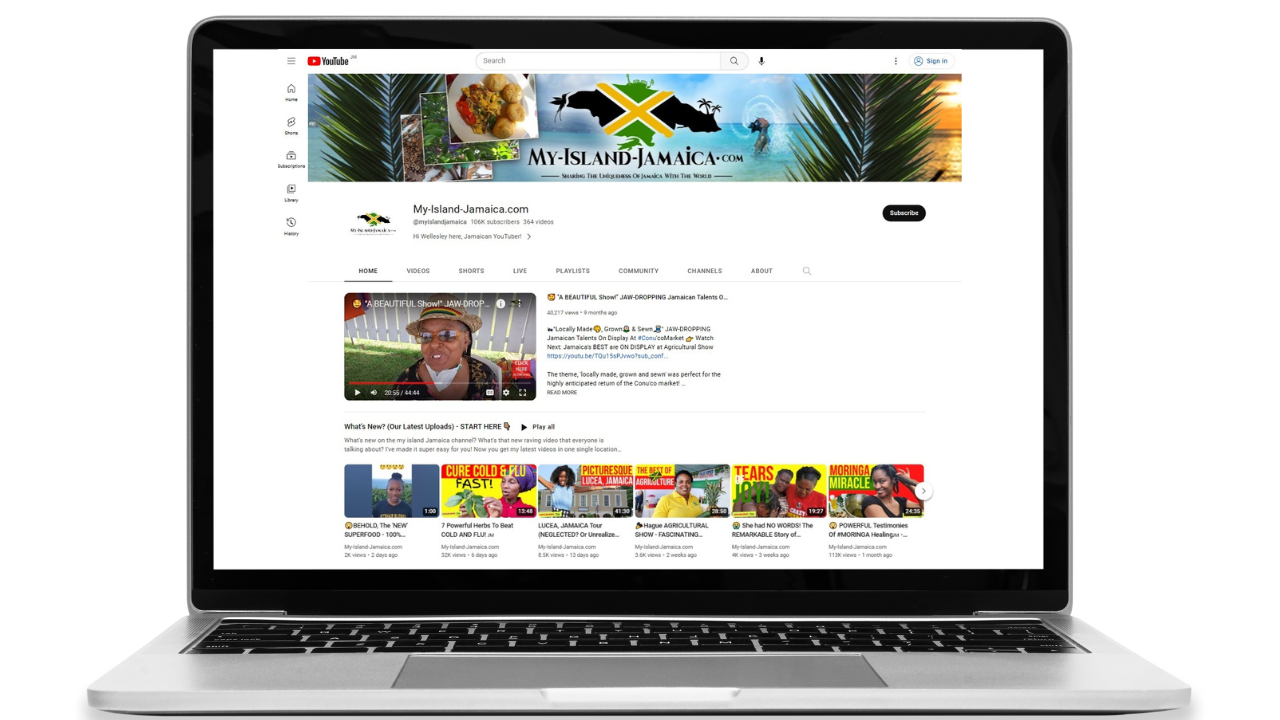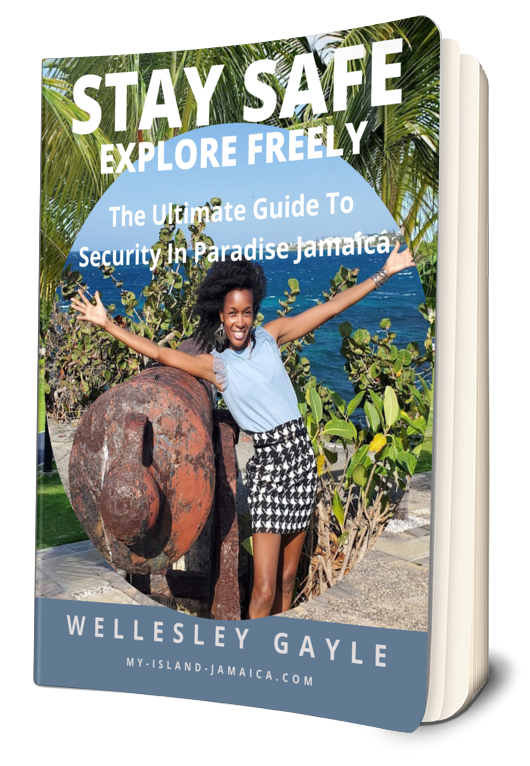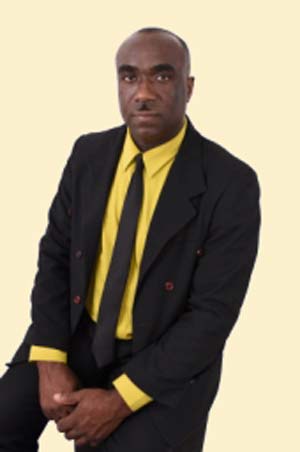Subscribe for all my updates and don't miss a thing! Sign me up!
Historical Timeline of Jamaican Music | Folk...Reggae...Dancehall
by Sheree-Anita Shearer | Associate Writer
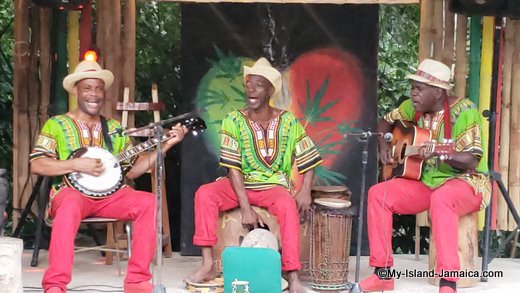
Photo: The Yardy Vibes Mento Band At IRITS
Jamaican music no matter the sound is known by those outside the island as Reggae music. Jamaicans and those with direct connections to the island have a better understanding of the different genres of music existing in Jamaica. I will be sharing with you a historical timeline of how Jamaica’s music has evolved over the years.
Folk Music
This is the earliest form of Jamaican music. This was the most popular form of music during the days of slavery and lasted after the abolition in 1838. Because of the time, it was created, the lyrics were heavily influenced by slavery and the oppression of black people.
It was the precursor to the other genres of music to come from the island. Folk music also included many songs from the days of enslavement. It is still performed at special events and at tourist attractions today.
Mento (1951-1956)
Long before Reggae music came about, it was Mento that was the most popular music in Jamaica. The 1950s came alive with the sounds of acoustic instruments the rhumba box, acoustic guitar, banjo and hand drums. Heavily influenced by Folk music, especially in its lyrical content, mento took a more lighthearted approach to the woes of the people back then while still speaking of oppression, poverty and other social issues in Jamaica at the time.
The genre married the rhythmic call and response type of singing of the Africans and the scale patterns, harmonies and song structure from the Europeans. Because of this, Mento is sometimes confused with Calypso music from Trinidad and Tobago, but they are two distinct sounds originating in two different islands. They were both filled with sexual innuendos and sly remarks.
This was the first recorded music in Jamaica and today, mento bands still perform although they are mostly found on the tourist scene and as a live band at wakes(a wake is a gathering kept the night before a funeral).
The group Lord Flea and Lord Fly and Harold Richardson were the first recording artistes in the genre. Two popular Mento artistes are Harry Belafonte (Day-O/The Banana Boat Song and Jamaica Farewell) and Stanley and the Turbines (Young Gyal and Mr Walker). In the late fifties to early sixties, Mento was slightly overtaken by American popular music Jazz and Blues.
Ska (1962-1966)
After Mento music came Ska. Jazz and Blues became quite popular in the late 1950s to early sixties in Jamaica. However, when the American taste of music shifted to Rock and Roll, Jamaicans still preferred to hear the Jazz and Blues type sound. The musicians combined Mento with Jazz and Blues creating a whole new genre of music.
The main theme, usually about love, was now accompanied by harmonious singing, upbeat rhythms and a horn section. Some of the first Ska songs which are still popular to this day are Oh Carolina by the Folks Brothers, My Boy Loilipop by Millie Small and Simmer Down by the Wailers(1963). Toots Hibbert and Bob Marley, now legends of Jamaican music got their start during the era of Ska.
The genre was not only popular in Jamaica and the Caribbean but also in the United States and the United Kingdom. In fact, the genre of music was so popular that there was an associated dance by the same name. This was done with fast-paced movement of the hands going upwards, downwards, backwards, forwards and side to side while lifting your knees, bent at the legs alternately.
Rocksteady (1966-1968)
The Rocksteady era, however short-lived, was quite influential on our music and was the predecessor of Reggae music. The beat was a mixture mainly Ska with other elements such as R&B and Mento. The slower paced rhythm gave the artistes room for more complicated melodies and is usually danced to at a slower pace.
In Rocksteady, the dancer would try to keep their feet as steady as possible. They would then shift their weight from one foot to the other slowly. At the same time, they would shake their shoulders to the beat of the music while rocking the rest of their body. The name came from the 1966 release of Hopeton Lewis’ Rocksteady. Two popular examples of Rocksteady are Alton Ellis’ Girl I've Got a Date and Take It Easy by Hopeton Lewis.
Reggae(1968-1983)
Undeniably Jamaica’s greatest export! I don’t think those at the beginning of the genre knew the impact Reggae music would eventually have on Jamaica and the world. Reggae was first introduced to listeners in the late 1960s through singles such as Say What You're Saying by Clancy Eccles in 1967 and Lee ‘Scratch’ Perry’s People Funny Boy 1968. In 1985, the group Black Uhuru won the first Grammy Award for the genre with Anthem.
Many Jamaicans have since won the coveted award for example Ziggy Marley, Damion Marley, Morgan Heritage, Jimmy Cliff and Buju Banton as well as the only female and the youngest recipient in the category - Koffee. Reggae music focussed mainly on the social, political and economical state of Jamaica and was also heavily influenced by Rastafarianism.
Reggae music has such a far and captivating reach that Bob Marley’s Exodus was voted Album of the 20th Century and One Love which might just be the most popular Reggae song was named Song of the 20th Century by Time Magazine.
While we lost Bob Marley prematurely, the mantle was carried by other artistes such as Peter Tosh, Bunny Wailer, Toots and the Maytals, Dennis Brown, Jimmy Cliff, Daddy U-Roy and Beres Hammond.
Reggae music itself has gone through changes, Rastafarianism became even more popular and led many to question their own spirituality and the social construct of the country. This led to the emergence of Concius Reggae at the forefront of this was Tony Rebel, Sizzla Kalonji, Buju Banton, Luciano, Capleton and Garnet Silk who all incorporated their beliefs and stance on certain social issues into their craft. While the main points to cover in Reggae music were social and political concerns, lighter topics were also discussed such as love.
Even with the present upsurge of the dancehall beat, authentic reggae remains a dominant force and continues to be such even up to the present day. Grammy-nominated Chronixx, Protoje and upcoming artiste like Lila Ike have been tipped to continue to do the genre justice. Reggae music remains one of the most listened genres of music, especially with more access to it via streaming services and YouTube. Reggae music has made such an impact that July 1st has been designated as International Reggae day each year.
Dancehall(1985)
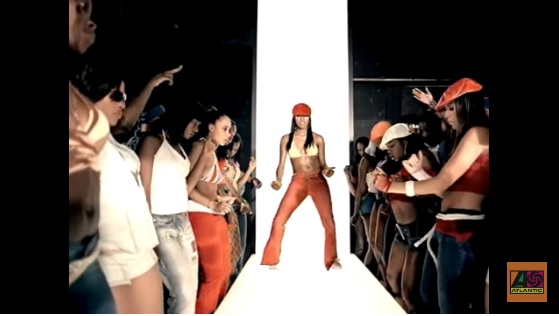
Photo: Sean Paul - Gimme Di Light
Our final genre for today is Dancehall. While it is not as known as Reggae music around the world, it has since surpassed its predecessor in popularity on the island. While the sound was inspired by Reggae, it is a distinct sound with its own characteristics.
Dancehall, named after the Dance Halls where Jamaicans, especially in the inner city would go for entertainment and heavily influence by sound system culture, dancehall is a more fast-paced rhythm with themes of love, partying and oftentimes (undisguised) violence.
The lyrics usually include thinly veiled (and in some cases not) sexual innuendos and encourage Jamaicans to be more liberal with everything including the way they behave and dress. Dancehall culture encourages its listeners to dress flashy and to be confident.
Dancehall can be credited as the catalyst from which Hip-Hop (a form of American popular music) and Grime (a form of London popular music) came into being. Many Jamaicans migrated to these countries and brought with them their culture and music. This, combined with elements from the various cultures led to the creation of other genres. Some of the greatest Dancehall artistes are Yellowman and the Grammy-winning, Beenie Man, Shaggy and Sean Paul as well as Bounty Killa who in turn was instrumental in the careers of other top artistes like Vybz Kartel and Wayne Marshall. Dancehall artistes come and go quite frequently as it is an ever-evolving genre. Today, popular Dancehall artistes include Popcaan, Konshens, Alkaline, Spice, Jada Kingdom and Shenseea.
I hope this gave you a better idea of the history of Jamaican music. We started from folk music on plantations by our African ancestors to Mento, to Reggae to now Dancehall music. With many subgenres on the way and having a great influence on genres developed in other countries as well. And to think this all came from the little island of Jamaica!
I also recommend you read, Reggae Music in Jamaica | 8 Recording Studios with Great Impact.
Regards,
SS
References:
- https://jamaica-gleaner.com/gleaner/20120115/ent/ent2.html
- https://jis.gov.jm/information/jamaicas-heritage-dance-music/jamaicas-heritage-music/
- https://www.jamaica-reggae-music-vacation.com/Jamaican-Folk-Music.html
Editor's Note
Don't hesitate to submit your questions here! With well over 2000 questions already answered, chances are we can assist :-)
New! Get My Latest Book👇🏿
|
You asked, I've answered! You no longer need to save for months or years, to enjoy paradise! I spilled the beans! sharing my top tips on finding cozy accommodations and secret gems, only the way a native could! Click Here to pick it up on my e-store and start saving now! |
See The Best Of Jamaica - In Videos!
|
My channel reaches over 140,000 subscribers worldwide and has leveraged over 11 million views, sharing, what I call 'The Real Jamaica'. Subscribe today and join our family of viewers. |
Read More ...
New! Experience The REAL Jamaica!
Book Your Private Tour here and experience Jamaica the way we (locals) do!
P.S. Didn't find what you were looking for?
Still need help?
Click Here to try our dependable and effective Site Search tool. It works!
Or, simply click here and here, to browse my library of over 500 questions and answers! Chances are someone already asked (and got an answer to) your question.
